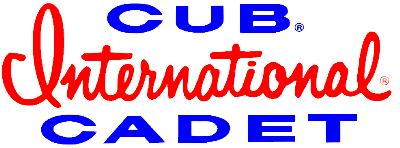Stephen Novick
Well-known member
It’s only a Garden tractor. Everybody is judging us. But you already know this man. Lol.


Rustoleum is linseed oil based paint.. Not compatible with other paints as they are urethane enamel and have a differant chemical composition.. I have had problems with it wrinkling and fisheyeing when you try to spray enamel over it..
Rustoleum is linseed oil based paint.. Not compatible with other paints as they are urethane enamel and have a differant chemical composition.. I have had problems with it wrinkling and fisheyeing when you try to spray enamel over it..

Enter your email address to join: